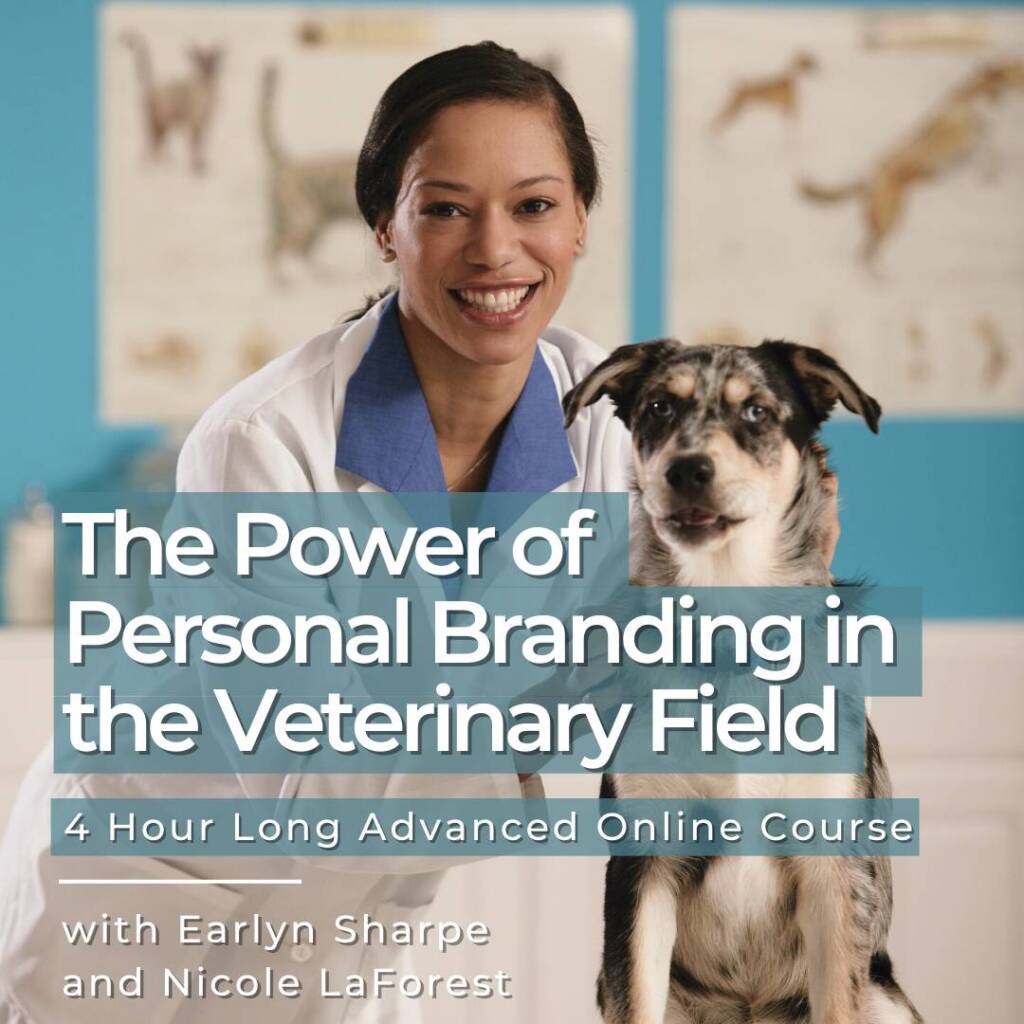Why incorporating integrative veterinary medicine is important

Raised by an Asian mother who was skeptical of the usage of Western drugs, I rarely took medicine as a child. Instead, I was given herbs or foods that would help me regain energy or return myself to “normal.” Often times, she would use words, such as “hot,” “warm,” “cool,” and “cold” to describe the things I ingested. For example, lamb was considered “hot,” and apples were considered “cold.” When I felt feverish, I ate some apples to cool my body down. Later, I learned this was part of traditional Chinese medicine. These childhood experiences made me interested in learning more about integrative veterinary medicine.
Integrative veterinary medicine is the practice of combining Western medicine and traditional Eastern medicine. The advantage of Western medicine is that it is often supported by science, while traditional Eastern medicine’s plus is that it rarely produces any side effects and has a long history in human health. I feel that both have their limits when used individually, but the combination of the treatments can provide better options for patients.
One of my reasons for pursuing integrative veterinary medicine is to expand my knowledge and range of care. I do not want to limit myself to standard practices for owners to choose from for their pets. An article titled “The Validity of Acupuncture in Veterinary Medicine” written by Dr. Huisheng Xie, the founder of Chi University, explains the scientific evidence for acupuncture treatment of pain, wounds, neurological disorders, ophthalmological disorders, and many more. Acupuncture studies continue to surprise us with the wide range of benefits it can provide for patients’ health. When I shadowed a veterinarian in Japan, who took an integrative approach to veterinary medicine, my interest in Traditional Chinese Veterinary Medicine (TCVM) grew. In addition to providing Western medication and treatment, the veterinarian offered acupuncture, herbal medicine, ozone therapy, and tui-na to the animals. When I heard the owners tell me their pet’s success stories after being diagnosed with arthritis and neurological issues, I was filled with hope and admiration toward TCVM. When I returned back to the United States, I realized there were limitations to Western practices and there were additional veterinary concepts to consider that can aid an animal’s health. For example, pain medication, such as NSAIDs, provided relief for older arthritic animals, but eventually they deteriorated to the point that their bright personality was affected or they developed systemic issues. Some owners had to consider the quality of life of their pets. If TCVM, such as acupuncture, can help relieve the pain of these animals and even help resume their active daily lifestyle, I am eager to learn more of this field. In order to promote the use of integrative medicine to my fellow colleagues, I am currently the President-elect of my veterinary school’s Integrative Veterinary Medicine Club and TCVM Ambassador for Chi University. I look forward to the information I will gain, so I can use it to help the animals I will work with in the future.
As I read more into the history of Chinese medicine and Daoist philosophy, I was intrigued by the emphasis on balance, or also known as homeostasis in Western terminology. For example, if an animal has a fever, it’s balance of “hot” and “cold” is disturbed. In that case, you will provide treatments that have a “cooling effect” to either remove the “hot” or add “cold” to help bring the balance of the temperature of the animal. In addition to the current health concerns of the animal, TCVM includes a well-rounded assessment of the patient by considering factors such as temperament, activity level, and environment when deciding the treatment. For example, stress from the household can increase the recovery time of an animal.
As a future veterinarian, I want to create a close relationship with my clients. Integrating TCVM to my practice will help me strengthen my bond with them. I’ve often seen veterinarians solely rely on western veterinary medicine and then blindly follow the standard treatment protocol once an animal has been diagnosed with a specific illness. However, I believe every animal is unique and simply providing immediate care to the physiological disease is not enough. If there is a stress factor in the household, the animal may be more prone to developing issues and recovery may take longer.
I believe veterinary professionals are the helping hand for the animal and owner. I want to be able to provide a variety of treatment choices, so at least one can fit the preferences of the owner. In order to improve this standard of veterinary care, I aim to work with one animal, one community, one country at a time.
MORE ABOUT THIS TOPIC ...
How to address the top 5 misconceptions clients have about their puppy’s fist vet visit
With John Woods | 2021.09.20








